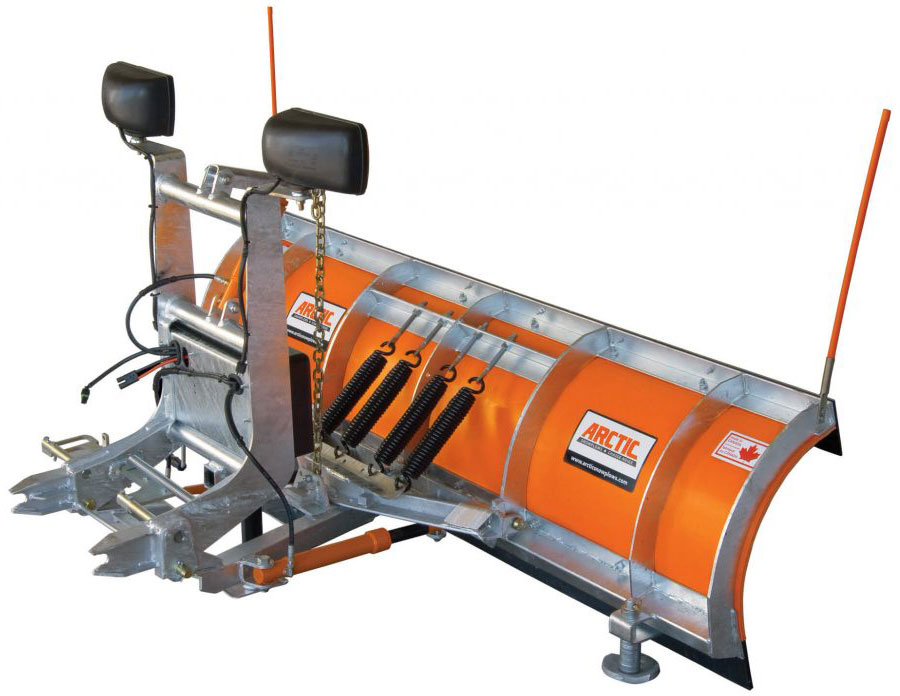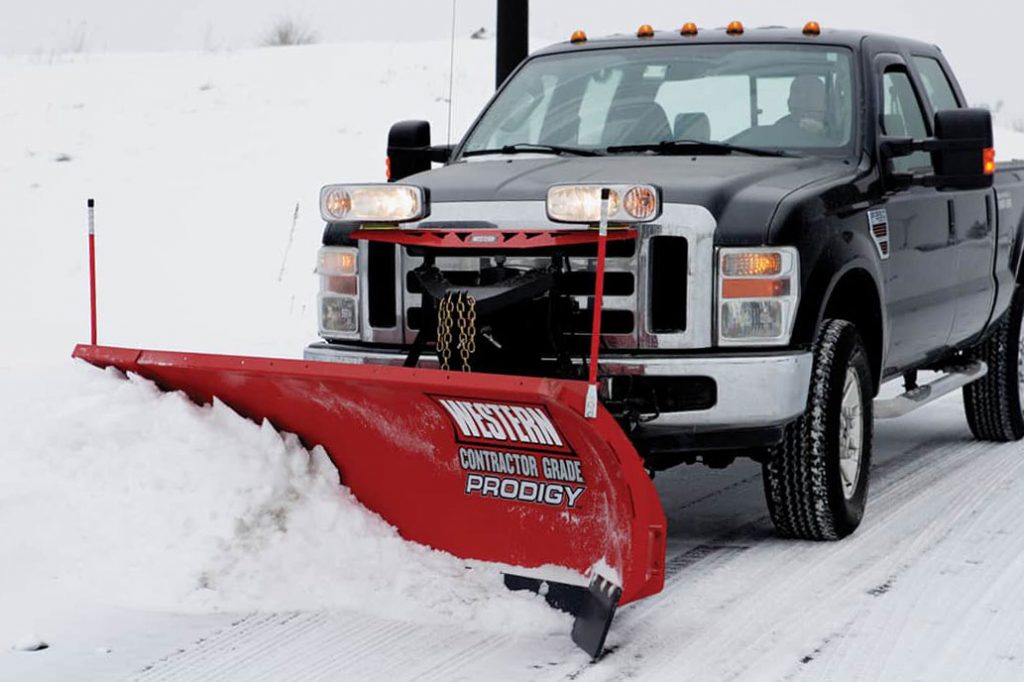Even though Long Island hasn’t had much snow this winter, when we do have a snowstorm, we rely on snowplows to clear the roads so we can get around safely. Therefore, it’s essential that snowplowing equipment stays in good condition so when inclement weather rolls around, plows are ready to go. Part of the maintenance of these machines consists of keeping the snowplow trip springs in good working condition to protect it from damage when encountering objects along the way of snow removal.
You may be wondering what trip springs are. They are the large springs you see on the rear of the snowplow blade. Just like the shock absorbers in your car’s suspension that absorb the shock felt in the road’s imperfections, these springs serve a similar purpose. Trip springs on a snowplow absorb the impact from the thick mound of snow in the street. They are designed so that the plow has some flex and give, and they provide stability and balance of the plow blade.
Types of Snowplow Trip Springs
There are two types of snowplow trip springs – rubber and metal. Rubber snowplow trip springs provide a layer of protection between the equipment and any hard objects that may be on the ground under the snow. These kinds of snowplow trip springs can be useful when you are plowing on asphalt or concrete roads. Rubber snowplow springs are extremely durable and are affordable.

Though metal trip springs can be a bit higher in cost than rubber trip springs, they provide an excellent level of resilience for the snowplow. If a snowplow is frequently used throughout snow and ice conditions, it is best to opt for metal trip springs as they are designed to last.
Of course, considering your budget when purchasing snowplow parts is important, but keep in mind that even though rubber trip springs may cost less upfront, they may not last as long as their metal counterparts.

Adjusting Your Trip Springs
It’s important to give your snow plow a thorough inspection as the springs tend to loosen over time.
Whether your snowplow has rubber or metal trip springs, it is fairly simple to adjust the springs to the proper tension for the specific plowing conditions to function at its best. All you have to do is loosen the trip springs, readjust your cutting edge to the appropriate location, and tighten the trip springs once again. Making the appropriate adjustment is essential to protecting the plow operator’s safety as well as prolonging the life of the equipment you have invested in.
Whether you rely on your snowplow for personal or business-related needs throughout the winter, you will always want it to be functioning at its best. Thus, maintaining a properly functioning snowplow is vital.


